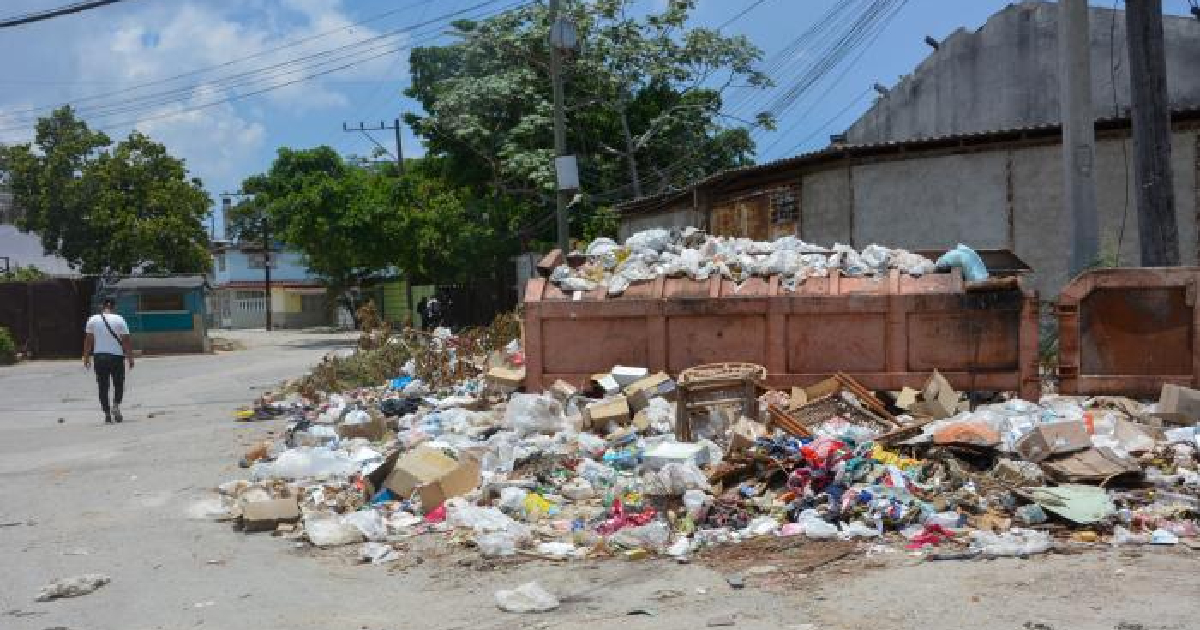Following the breakdown of dozens of trucks donated by Japan, the Provincial Directorate of Communal Services of Havana is grappling with a severe crisis due to the low availability of equipment for garbage collection and the increasing volume of waste each day.
According to a report published in the state-run newspaper Granma, the entity currently has only 57% of its fleet in operation, while the capital generates 30,108 cubic meters of waste daily. In 2023, the territory produced 23,814 cubic meters, but this was when they still had the Japanese donations made between 2018 and 2019, which provided Cuba with 100 garbage trucks.
Additionally, Japan supplied 40 dump trucks, 25 mini-loaders, 50 motor-driven mowers, 25 chainsaws, and 15 vans for process control and inspection. However, the most critical components, the Hino brand trucks, began to suffer from part failures and breakdowns, with no quick solutions available.
Currently, nearly half of these vehicles are out of service, and little can be done: "The supplier company has left the island, and due to the blockade, it is now impossible to sell supplies for repairs directly or indirectly," the article states.
As a result, the entity noted that today only 45% of the tractors and 51% of the dump trucks are operational, a fleet insufficient to collect waste in a city of nearly two million residents, according to recently disclosed figures.
The fuel crisis, resource diversion, and labor shortages also have a significant impact: "The managerial position is vacant or in the process of being filled in Arroyo Naranjo, Cerro, Centro Habana, San Miguel del Padrón, and Marianao, municipalities all facing complex situations," said Miguel Gutiérrez Lara, head of the Provincial Government Inspection Group in Havana.
Given this scenario, which extends nationwide, the proliferation of filth and the increase in summer diseases, such as vomiting and diarrhea caused by flies, leptospirosis associated with rats, and dengue, Zika, chikungunya, and Oropouche, can be understood, according to Belkis Aracelis Barrera, an epidemiologist at the Julito Díaz National Rehabilitation Hospital.
Understanding Havana's Waste Collection Crisis
This section addresses some of the most pressing questions regarding Havana's waste collection crisis, offering insights into the challenges and potential solutions.
What caused the breakdown of garbage collection trucks in Havana?
The breakdown was primarily caused by part failures and breakdowns in the Hino brand trucks, compounded by the departure of the supplier company and the blockade that prevents the acquisition of repair supplies.
How much waste does Havana generate daily?
Havana generates 30,108 cubic meters of waste daily, a significant increase from the 23,814 cubic meters recorded in 2023.
What are the health implications of this waste collection crisis?
The crisis has led to a proliferation of filth and an increase in diseases such as vomiting and diarrhea caused by flies, leptospirosis associated with rats, and mosquito-borne illnesses like dengue, Zika, chikungunya, and Oropouche.
